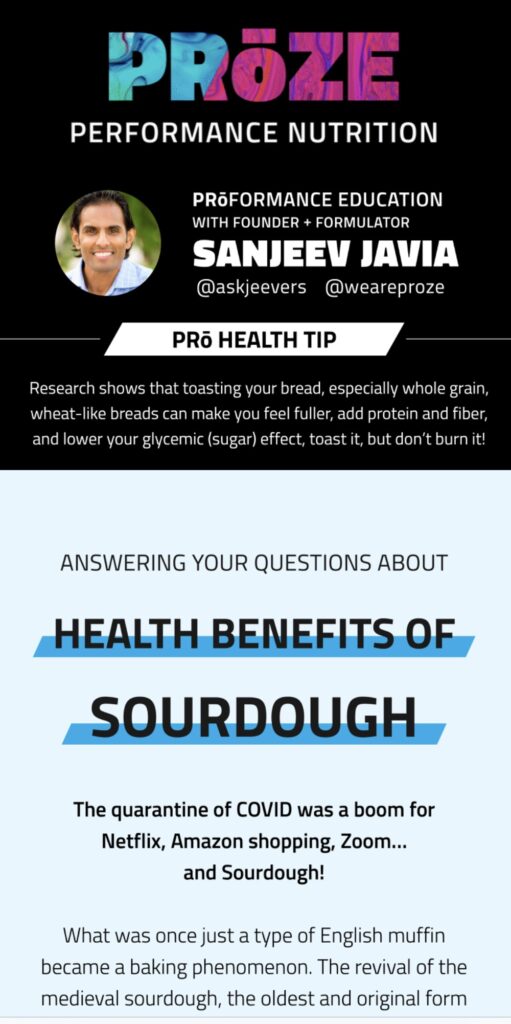“I just want to taste it…Watermelon Sugar…High”. – Harry Styles
Nothing better on a hot summer day then some fresh, crisp, tasty Watermelon! But you might have heard this delicious fruit is not so healthy. How? It’s mostly water for goodness sakes. It’s because it scores high on the Glycemic Index (GI) Scale. And for those following a low glycemic diet, Watermelon might seem a forbidden fruit. But fear not! Although GI provides some valuable information about the way the body will respond to the sugar in foods, it’s not THE most valuable glycemic scale…let’s figure what is..
Q: What is the Glycemic Index ?
A: It’s a simple scale that shows how fast a certain food will release its sugar into the bloodstream. Foods are rated between 1-100. 100 is pure sugar, so everything is in relation to pure sugar. This has been researched for a long time, so you can see the GI of hundreds of foods. Here is a nice list from Harvard: https://www.health.harvard.edu/diseases-and-conditions/glycemic-index-and-glycemic-load-for-100-foods
Q: Why is this Index important?
A: Most foods have sugar, sugar is not something the body wants in it’s blood stream for very long. Sugar can be incredibly destructive, breaking down blood vessels, causing inflammation, generally just wreaking havoc on the blood system. The body knows this, so it uses the hormone insulin to shuttle the sugar out of the blood and into the liver, muscles, or fat. If you eat foods that rush a lot of sugar into the bloodstream too quickly, meaning high GI foods, you won’t give the body time to metabolize it, creating a whole host of issues.
Q: What type of foods have a high GI?
A: Typically high carbohydrate foods, white breads, grains, rice, noodles. Heavy processed foods like cereals and biscuits. And then certain fruits like WATERMELON, pineapple. Basically when you strip away fiber, fat, or protein from a food or product, you’re left with something that has a high GI.
Q: Whoa, I get white bread, but WATERMELON?
A: OK, this is where we need to talk about Glycemic LOAD (GL). GL is extremely important. GI tells you how quickly a food will spike blood glucose in the blood, but Glycemic Load is how much. How much is what is most critical because if the GL is too much, the body will have a really tough time metabolizing all that sugar. You want to focus on the actual quantity of sugar rather than how quickly the spike will be. Watermelon might have a high GI (72pts) but it’s GL score is really low (4pts). There isn’t a lot of sugar in a watermelon, it’s mostly water.
Q: What are some low GL foods?
A: You’ll notice a lot of fiber, protein, and fat in these foods 😉 Green vegetables, most fruits, raw carrots, kidney beans, chickpeas, lentils, cherries, grapefruits. You can find a whole list here: https://care.diabetesjournals.org/content/diacare/suppl/2008/09/18/dc08-1239.DC1/TableA1_1.pdf
Q: Where is high GI foods valuable?
A: Many individuals will have issues with hypoglycemia. Where their blood sugar will quickly drop, diabetics especially. In times like this, you want to eat a high GI food, the sugar will break down quickly and get into your bloodstream. Also if you’re an athlete and you’re training for a long time (marathon) or have overtrained (poor nutrition the night before), you’ll need to worry not only how much sugar you need but how quickly it can digest/metabolize into the blood.
Q:The GUMEEZ have sugar, why?
A: In GUMEEZ we use 4 grams of sugar per piece. That’s a small amount, however, the main reason why we used it is because sugar promotes absorption of nutrients. We use a very purified source of CBD isolate in our GUMEEZ. You can speed up the absorption and increase the bioavailability of the CBD by using natural sugar because it initiates an insulin response. As we have learned, insulins shuttles nutrients from the blood stream, into cells, which is exactly where we want the CBD to get to!




